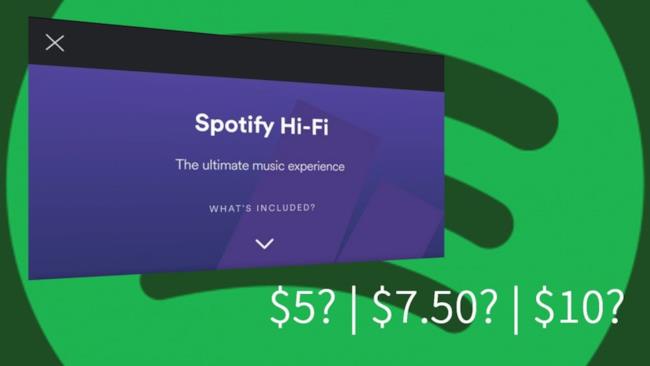

It’s really about the user interface, algorithms, playlists and discoverability. In response to Amazon launching its hi-res service, Spotify’s chief financial officer, Paul Vogel, told The Verge: “A high-quality option is not something that’s been a big differentiator among services. That said, it’s safe to say they don’t represent the majority of Spotify’s 280-odd million users. You only need to read the multiple threads about hi-res requests on Spotify’s forum, or consider the subscribers of Tidal and Amazon's hi-res tiers (although neither has released exact numbers), to see that plenty of people do care.

With some services, including Amazon, Tidal and Qobuz, now offering not only CD quality but also hi-res tracks, Spotify is essentially two steps behind.Īnd there is at least some demand. You don’t need to be particularly well versed in audio bitrates to see that there is plenty of room for Spotify to up its audio game. Tidal’s £19.99 ($19.99) per month HiFi tier offers 1411kbps CD streams, with its hi-res Masters again offering much higher quality than that. This is available to Spotify Premium subscribers at a cost of £9.99 ($9.99) per month.įor comparison, the ‘average’ bitrate offered by Amazon Music HD’s highest quality ‘Ultra HD’ hi-res streams is 3730kbps (according to Amazon) and is available to Prime members for £12.99 ($12.99) per month or, for non-Prime members, £14.99 ($14.99) per month. Spotify’s audio quality limit is still 320kbps (the maximum bitrate threshold for MP3), which it calls ‘very high quality’ in its audio settings menu.

So where is Spotify Hi-Fi? And do we even want it any more? In the meantime, other services have steamed ahead. But, some three years later, all has gone quiet in the Spotify camp regarding any lossless audio quality.


 0 kommentar(er)
0 kommentar(er)
